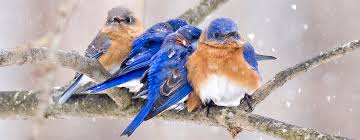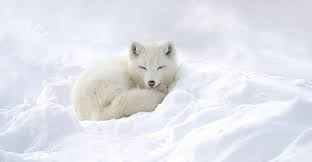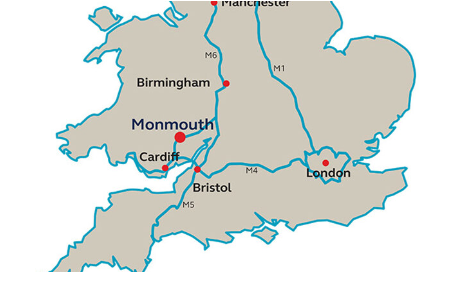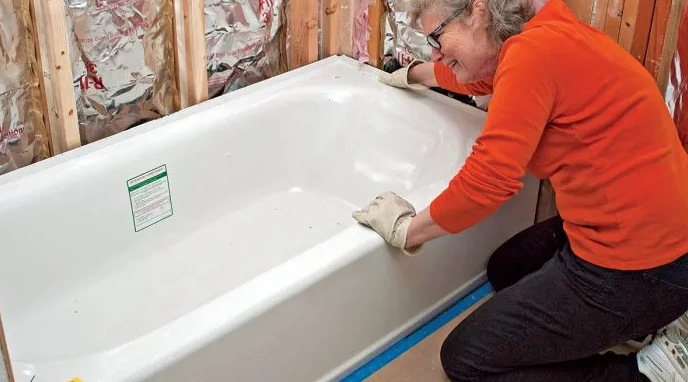Do you ever think about how wild animals cope with the freezing temperatures outside? They have resources that we do not, which can help them in bad weather. But how? We’ll look at two of nature’s most effective ways to protect against the weather – insulation and blubber.
Insulators do not conduct heat very well. In order to maintain a constant temperature, heat will always move to the coldest spots. A material that does not conduct heat will keep you warmer for longer. In harsh weather, animals use fur, downy feathers and blubber to stay warm. We humans are fortunate to be able to put on an extra sweater and turn on the central heating. Check your boiler’s condition before the winter weather arrives or invest in Underfloor Heating Gloucestershire from a site like https://parsonsflooring.com/services/electric-under-floor-heating-gloucestershire/
Blubber is a layer beneath the skin. Animals that eat a lot of food develop blubber to survive in the cold conditions found deep within the ocean. In some places, the water can drop as low as 54° Fahrenheit. The blubber protects the internal organs of animals from freezing. Seals and small whales may have only a few centimetres of blubber, but a large whale could have as much as a foot!
Fur is another impressive insulator in nature. When you consider the environment the polar bear inhabits, you can see how vital this fur is. The fur keeps the bear at 37 degrees Celsius, while temperatures drop to a dangerous -40. The fur is believed to trap a layer of warm air near the bear’s skin, but this does not explain the large temperature difference between the bear and surrounding air. Further studies revealed that the white fur of the polar bear is vital as it helps to trap their body heat and re-absorb radiation. It also camouflages the bear in the snow. Clever stuff!
Birds are able to survive in cold weather due to a much higher metabolic rate, which also raises their body temperatures. It’s not enough, particularly for small birds, when there is a major freeze. Feathers come into play here. The feathers are coated with a special oil, which acts as a waterproofing and insulating mechanism. Even small birds are able to build up blubber-like fatty reserves that provide them with energy and help maintain a high metabolic rate. Birds are able to control their temperature independently of their bodies by constricting the blood flow.






